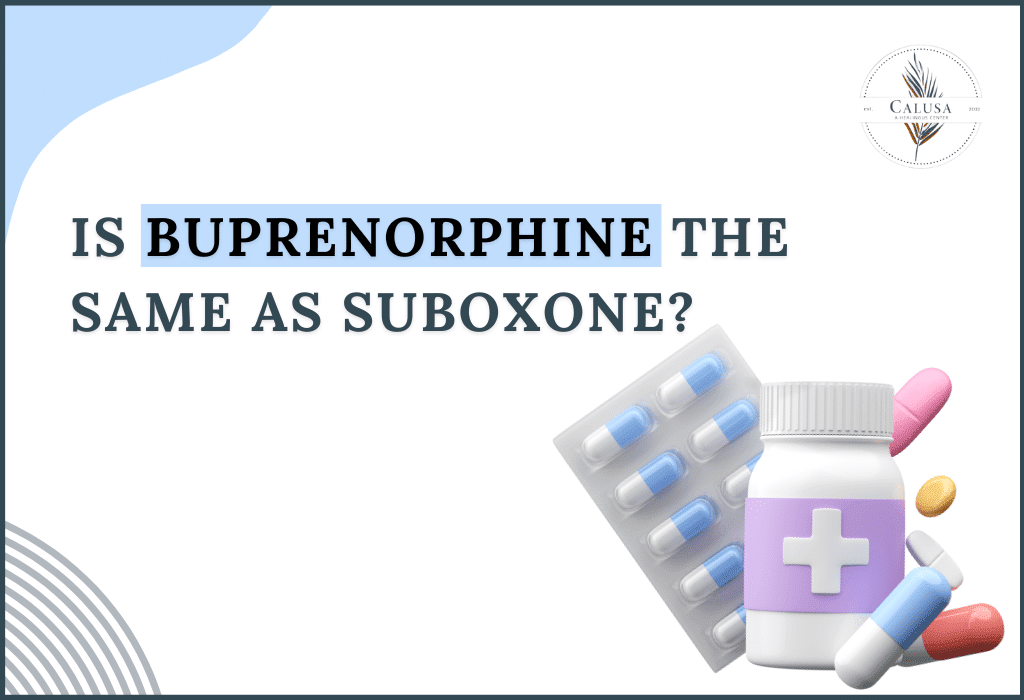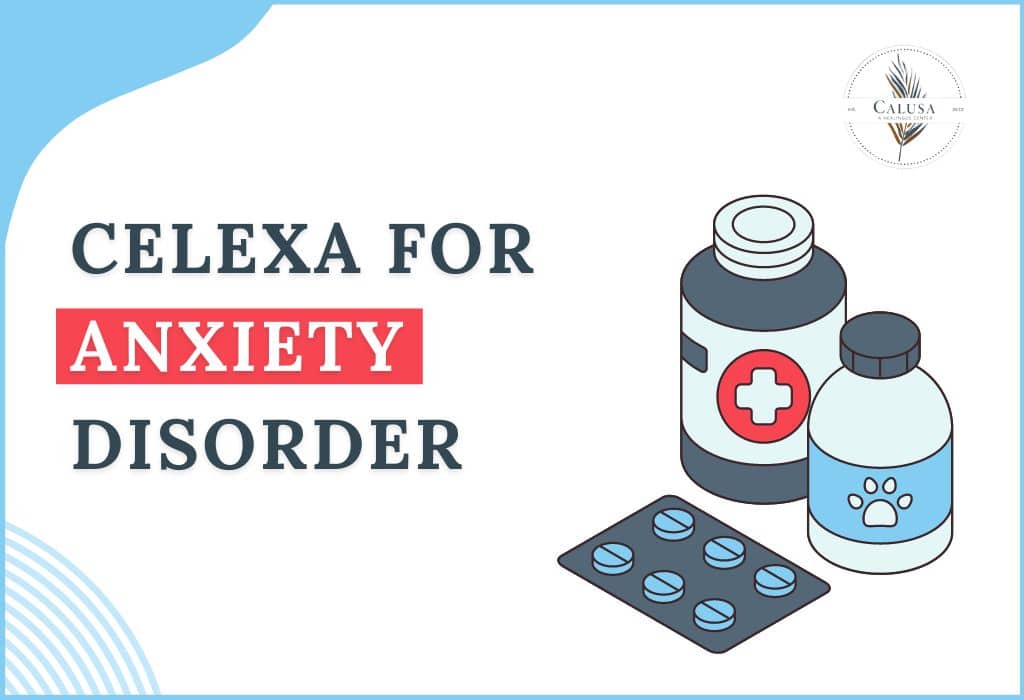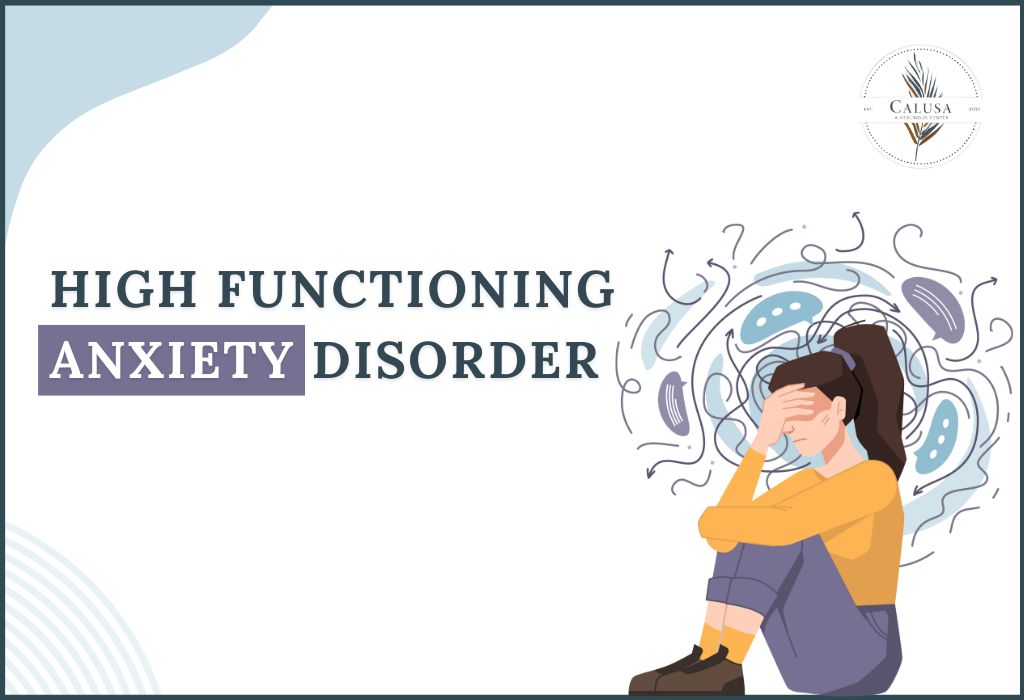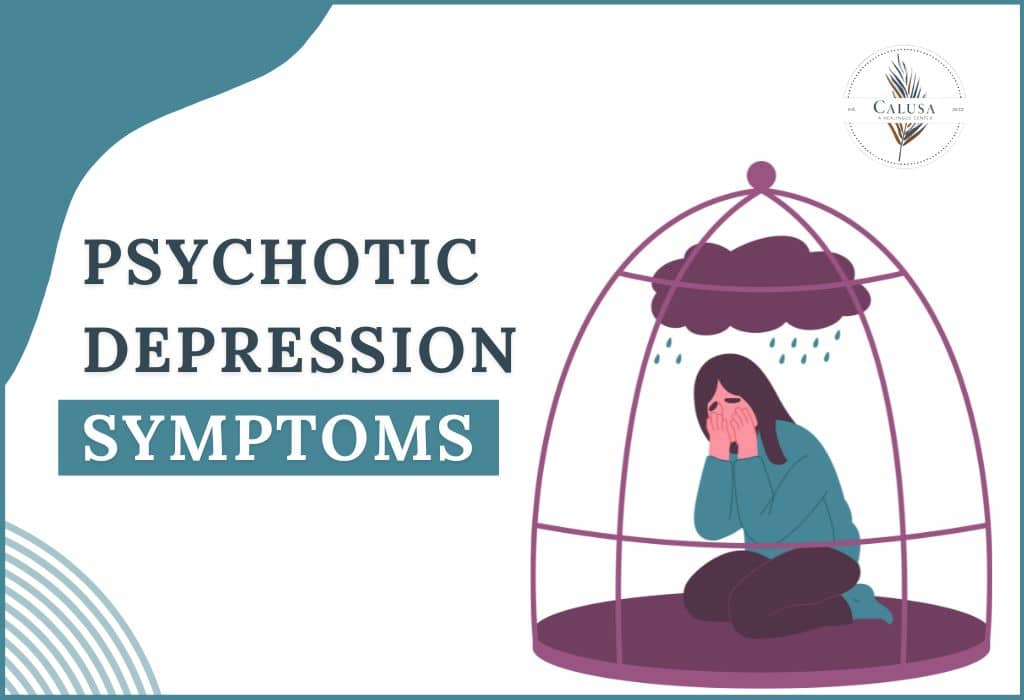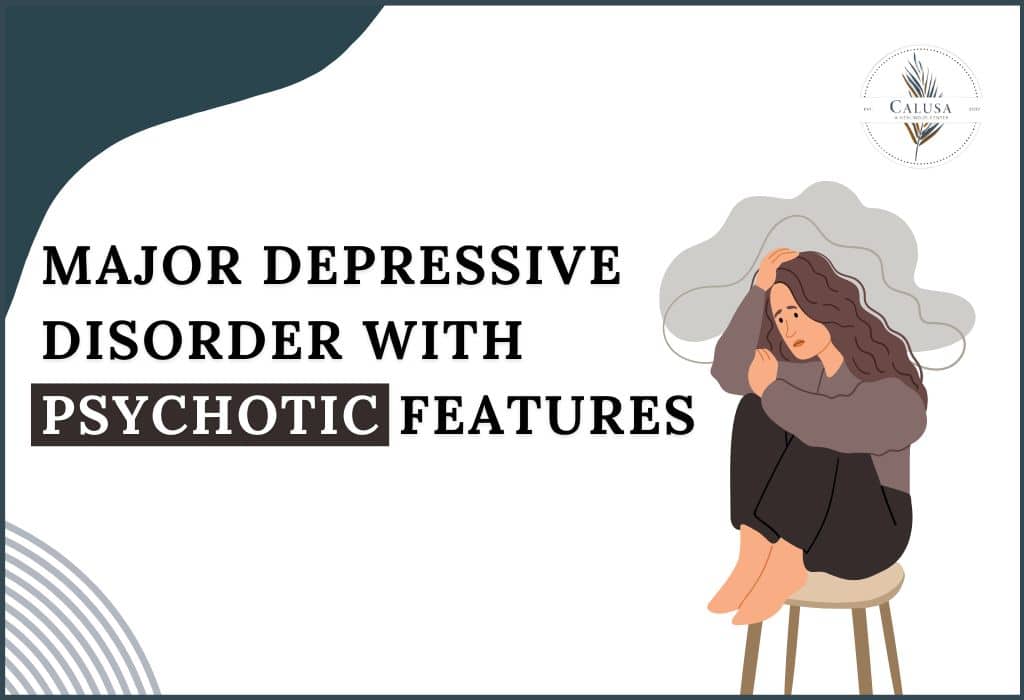Have you ever found yourself or someone you care about entangled in the complex web of alcohol abuse?
It’s a tough place to be, and the consequences can be far-reaching, affecting health, relationships, and overall well-being.
But remember, there is a possibility, and seeking assistance is of paramount importance.
There exists a spectrum of alcohol abuse treatment options, and the optimal path to recovery can vary based on individual circumstances.
Let’s get into Alcohol Use Disorder.
This guide is tailored to individuals, as well as their family and friends, who are in hunt of results for addressing alcohol-related challenges. Its purpose is to serve as a precious resource, offering insights into available treatment alternatives and guidance for making informed decisions in this journey toward recovery.
It’s essential to understand the options, what they entail, and how to select the most applicable path for your unique needs.
- Alcohol is a psychoactive drug that depresses the central nervous system.
- Pure alcohol is a colorless, odorless, and flammable liquid.
- There are three main types of alcoholic beverages: beer, wine, and spirits.
- The alcohol content of alcoholic beverages varies depending on the type of beverage. For example, beer typically has an alcohol content of 5%, wine typically has an alcohol content of 12%, and spirits typically have an alcohol content of 40%.
- Alcohol acts as a depressant, not a stimulant, which results in the central nervous system experiencing a decrease in activity.
- Alcohol can affect men and women differently. For example, women tend to reach higher BACs than men after consuming the same amount of alcohol.
- Alcohol can interact with other medications in dangerous ways. It is important to talk to your doctor about any medications you are taking before consuming alcohol.
- Fruits and grains are the foods most commonly used foods to make alcohol.
Signs and symptoms of Alcohol Use Disorder may include:
- Drinking more alcohol for a longer period of time than intended.
- Unsuccessful attempts to cut down or control alcohol use.
- Spending a significant amount of time obtaining, using, or recovering from the effects of alcohol.
- Experiencing strong and persistent cravings for alcohol.
- Falling short in meeting significant responsibilities at work, school, or home due to alcohol consumption.
- Continued alcohol use despite knowing it is causing social or interpersonal problems.
- Giving up or reducing important social, occupational, or recreational activities because of alcohol use.
- Using alcohol in situations where it’s physically hazardous.
- Continuing to use alcohol despite being aware of its contribution to physical or psychological issues.
- Needing more alcohol to achieve the desired effect.
- Experiencing withdrawal symptoms when alcohol use is reduced or completely stopped.
According to a national survey published in 2019, approximately 14.1 million adults (5.6%) and 414,000 adolescents aged 12-17 years (1.7%) in the United States were found to be grappling with Alcohol Use Disorder (AUD) during that year.
An essential initial step is to explore the available options for alcohol treatment.
What is alcohol abuse treatment?
Alcohol abuse treatment is a structured process designed to assist individuals in overcoming alcohol abuse and reliance. It involves various approaches, including therapy, medication, and support groups. Alcohol abuse treatment intends to help people achieve and maintain soberness, upgrade their overall health and well-being, and develop healthy coping mechanisms.
What to anticipate from alcohol abuse treatment?
Alcohol abuse treatment is a process, and it takes time to recover. There’s no quick fix, but with the right treatment, most people can bounce back from alcohol abuse and live healthy, productive lives.
It starts with detox, which is basically the process of removing alcohol from your body. This part can be a bit challenging, but it’s necessary to start the recovery process. After detox, it’s time for rehabilitation. Here, you’ll learn how to handle the root causes of your alcohol abuse and develop better ways to cope. It’s not easy, but it’s essential for long-term recovery.
The question that often arises is: How long does this entire process take? Well, it varies from person to person, and there’s no one-size-fits-all answer. However, as a general guideline, most individuals typically require a minimum of 30 days of treatment to initiate their journey to recovery.
Different types of alcohol abuse treatment
There are four main types of alcohol abuse treatment:
- Medical detoxification: This is a process of safely withdrawing from alcohol under the supervision of a medical professional. It may be necessary for people who are enduring severe withdrawal symptoms, corresponding to seizures or hallucinations.
- Inpatient rehabilitation: In this treatment, individuals reside in a dedicated facility for a specific period, typically spanning 30 to 90 days. Inpatient rehabilitation programs offer intensive therapy and support within a structured surrounding.
- Outpatient rehabilitation: This type of treatment allows individuals to continue living at home while attending therapy sessions and support groups on a regular basis. It is suitable for those with less severe alcohol abuse issues or individuals with external commitments like work or family.
- Medications: There are a number of medications that can be used to treat alcohol abuse. Some medicines can help to reduce cravings, while others can help to prevent relapse. Medications are often used in conjunction with therapy or other types of treatment.
How to select the right alcohol abuse treatment program?
When it comes to choosing the ideal alcohol abuse treatment program, several important factors should guide your decisions, including:
- The seriousness of your alcohol abuse matters: If you have severe alcohol abuse issues or are experiencing withdrawal symptoms, you may need to start with inpatient rehabilitation.
- Your insurance coverage: Many insurance plans include alcohol abuse treatment, but it is essential to check with your insurance company to understand what services are covered.
- Your personal preferences: Some people prefer the structure and support of inpatient rehabilitation, while others prefer the flexibility of outpatient treatment. Opt for a program that aligns with your unique needs and preferences. Your comfort matters.
How to find an alcohol abuse treatment program?
Several factors should be taken into account when selecting an alcohol abuse treatment program, such as:
- Consult Your Doctor: Your physician can be a valuable resource. They can refer you to a treatment program in your area.
- Reach Out to Your Insurer: Contact your insurance company as they can provide you with a list of covered treatment programs.
- Searching online: The Internet is a valuable tool. There are a number of websites that list alcohol abuse treatment programs.
- Hotline Assistance: There are a number of hotlines that can give you information about alcohol abuse treatment programs.
- Ask for Recommendations: Don’t be afraid to ask your friends, family, or colleagues if they know of any reputable treatment programs. Personal recommendations can be valuable.
When to contact a doctor?
Well, if you ever have even the slightest inkling that you might be misusing alcohol, it’s time to consider seeking medical help. Early intervention is like a lifeline, and it can make a world of difference by preventing some of the negative consequences that often accompany excessive drinking.
With the guidance and support of a doctor, you’re not alone in this battle. They can craft a treatment plan that’s tailor-made just for you. This plan might involve inpatient or outpatient care, depending on your unique needs. Sometimes, detoxification is necessary to help manage those tough withdrawal symptoms. The goal is to ensure your safety and comfort throughout the process.
Your individualized treatment plan could encompass medication, therapy, or a combination of both.
Supporting someone with alcohol abuse
If you know someone who is struggling with alcohol abuse, there are a few things you can do to support them:
- Be there for them and listen to them: Sometimes, all a person needs is someone to talk to. Listen without judgment and let them know you care. Your presence can provide much-needed emotional support.
- Encourage them to seek help: Suggest that they consider professional assistance. Let them know that seeking help is a sign of strength, not weakness. Sometimes, people need a gentle nudge to take that crucial step.
- Help them to find a reputed treatment program: Offer to assist in researching and identifying treatment programs. Look for facilities with a strong track record of helping individuals recover from alcohol abuse. Your guidance can be invaluable.
- Offer practical support: Recovery can involve various appointments and tasks. Offer to drive them to treatment sessions, support group meetings, or medical appointments. Helping with everyday tasks like running errands can also ease their burden.
Remember, your support and encouragement can be a lifeline for someone on their path to recovery. Be patient, and let them know you’re there to help them through this challenging journey.
Conclusion
This guide has aimed to shed light on the path to recovery, which is as diverse as the individuals who endured it. Each person’s experience is unique, and the right treatment may vary as per the individual circumstances. Whether you are the one in need or you’re searching for guidance to support a friend or family member, this resource is here to offer an overview of available treatment options and provide the tools necessary for making informed decisions on the journey toward recovery.
Understanding the available options, their complexities, and the means of opting for the best fit for your specific situation is pivotal.
The statistics on alcohol use disorder are not just figures or data; they represent the lives of millions of people, adults, and adolescents alike, who face this challenge. The numbers also underscore the importance of awareness and the need for accessible, effective treatment options.
You’re not alone in this journey. There’s a better, alcohol-free life waiting for you on the other side of recovery.

